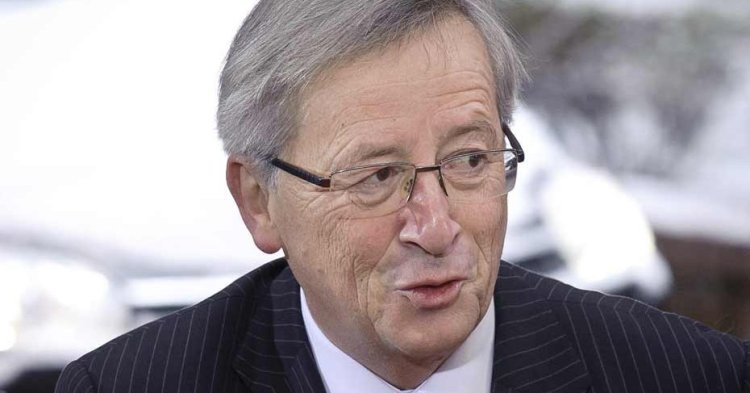The plan, outlined in a November 26 speech before the European Parliament, ambitiously aims to generate 315 billion euros of investment in the EU based on a capital investment of 21 billion. Juncker said in his speech he hopes to reinvigorate the flow of money into Europe.
“When I talk to investors, they all agree that Europe is an attractive place to invest in. But then I look at the figures, they tell a different story: investment levels in the EU are down to €370 billion below the historical pre-crisis norms. While investment is taking off in the U.S., Europe is lagging behind.”
In this early stage, the only concrete contribution is the EU’s chunk. To create a foundation from which the rest of the plan will hopefully gain momentum, lawmakers will contribute 16 billion euros, half of which was freed from the current budget – by all means no small feat – and the other 5 billion euros will come from the European Investment Bank. This basis will allow the EIB to loan 63 billion euros into the economy.
The rest, with luck and perhaps a bit of alchemy, will be up to private investors. Officials hope their seeding amount of 21 billion euros will motivate others to invest in infrastructure projects, which according to the plan will simultaneously improve the quality of life in European countries, create jobs, and kickstart the stagnant economy.
Others argue that, unfortunately, this capital is being drawn from existing projects. Freeing 8 billion euros in hard currency from the existing budget cannot be done without some sacrifices. In this case, officials drew funding away from Horizon 2020, a program to fund European research and innovation, and Connecting Europe, an infrastructure program, according to a November 26 article in Toute l’Europe.
However, Juncker was adamant that such a rearrangement of funding would reap even greater benefits for such programs in the long run, promising a 15-fold return on investment – that is, for every euro taken away from Horizon 2020 or Connecting Europe, investment will return 15 euros.
For example, while funding was taken from the TEN-E and TEN-T, both of which exist under the umbrella of Connecting Europe, they could see a new surge of financing from outside investments (or so officials hope).
The Trans-European Energy Networks (TEN-E) are a set of guidelines laid out in 2006 committing to promote the amelioration of European energy supplies, particularly those that come from within a member state. One example of a TEN-E project is an agreement between Bulgaria and Serbia to construct a gas pipeline connecting the two countries.
Such a pipeline would “contribute to the security of gas supply of the countries” and would also help develop the market for gas in Europe as a whole, according to the EU’s website.
But with a prospective cost between 100 and 120 million euros, it needs funding. This is where the Juncker plan comes in: if all goes according to plan, private investors will see the opportunity presented in his plan – less red tape, an investment foundation from the EU’s base capital, and a dedicated Investment Committee to advise the process – and will put forth their money toward the pipeline. Outside money enters Europe, investors get a tangible return, and the energy infrastructure is improved: win-win-win. Or so the ideal form of the plan hopes.
Similarly, the Trans-European Transport Networks (TEN-T), a policy passed in January, will attempt to give all member states a similar level of transport infrastructure using funding from investors.
“Money will not fall from the sky,” Juncker said in his speech. “We do not have a money printing machine. We will have to attract money and make it work for us. Today we are setting up a new architecture that will make this possible. The key is to provide a risk-bearing capacity that can unlock additional investment.”
The plan is certainly a hopeful one, but if all goes well, the EU could receive exactly the kickstart it needs.

Follow the comments: |
|
